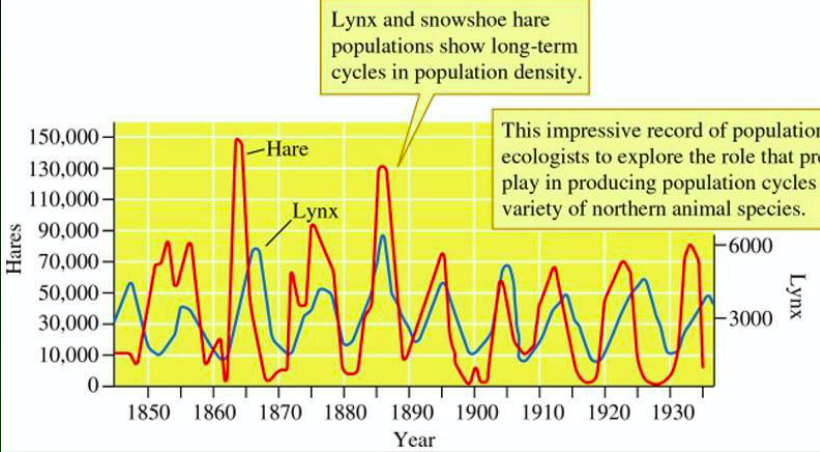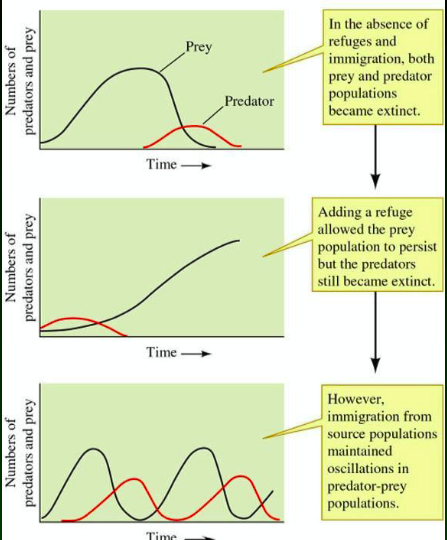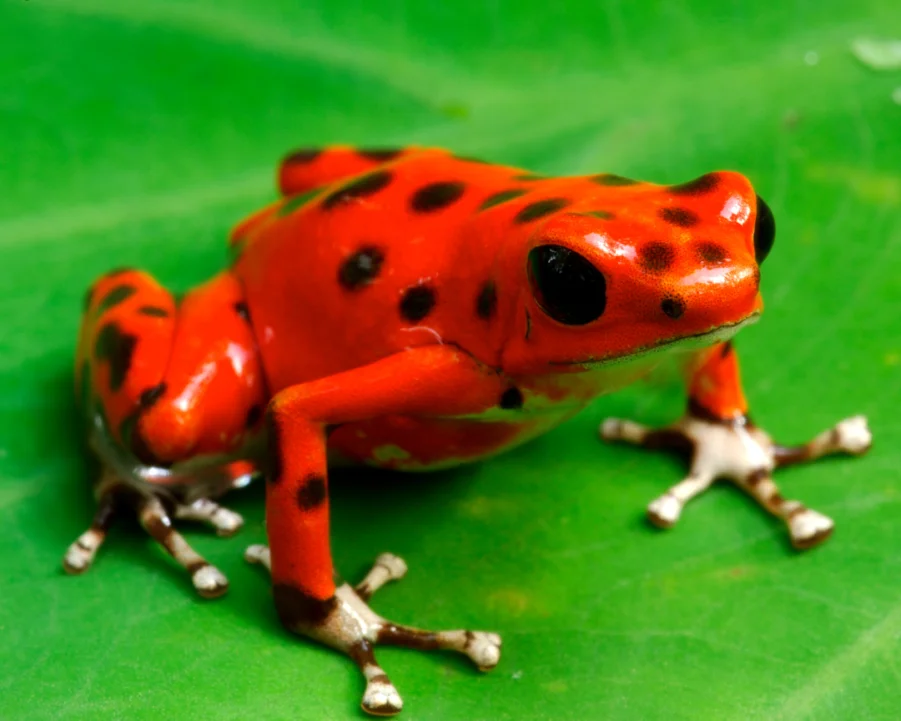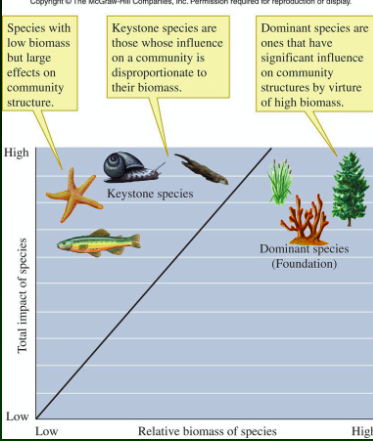Interspecific Interactions
1/47
There's no tags or description
Looks like no tags are added yet.
Name | Mastery | Learn | Test | Matching | Spaced |
|---|
No study sessions yet.
48 Terms
Species interactions
When two organisms interact, there are three possible impacts on each: positive, negative, or neutral
+,-, 0
What do you need for competition to happen
Key requirement: at least one shared, limiting resource
ex: habitat
two modes of competition
Exploitative vs. Interference
Intraspecific vs. Interspecific
Modes of competition (1)
Exploitative - two species use the same resource, and each depletes that resource for the other, without directly interacting VS. Interference - one individual tries to prevent another individual from interacting with that resource. (depletes energy, instead of spending it reproducing)
Modes of competition (2)
Intraspecific Vs. Interspecific
Effects of Competition on Competitors
More individuals in a habitat = lower survivorship, increased development time (takes longer to adulthood), reduced body size
Competitive Exclusion Principle
two species competing for the same limited resource cannot coexist at constant population values; one will outcompete the other.
How can species avoid competition
Niche partitioning and character displacement
Niche partitioning
the division of resources among species to minimize competition by utilizing different habitats or resources.
“restrict species to realized niches that are smaller than their fundamental niches”
fundamental niche
the physical conditions under which a species might live, in the absence of interactions with other species.
realized niche
the actual niche of a species whose distribution is restricted by biotic interactions such as competition, predation, disease, and parasitism.
character displacement
when two competing species coexist in the same environment they form traits that are different which reduces competition and niche overlap
if competition is strong and pervasive enough?
cause evolutionary response (change fundamental niche)
another saying for character displacement
directional selection on the competitors causes morphological changes that can lead to decreased niche overlap.
allopatric
condition in which population or species have non overlapping geographic ranges
sympatric
condition where populations or species have overlapping geographic ranges
character displacement criteria
morphological differences between sympatric species > differences between allopatric populations
character displacement criteria
Differences between sympatric (live in same geographic area) and allopatric populations have genetic basis.
character displacement criteria
differences between sympatric and allopatric populations evolved in place (not derived from founder groups that already differed)
character displacement criteria
Variation in the character must affect use of resources.
Must be demonstrated competition for the resource and competition must be directly correlated with character similarity
Differences in character cannot be explained by differences in resources available to each of the populations.
exploitation (+/-)
one organism feeds on another
predation
parasitism (parasitoids, pathogens)
predation
one organism kills and consumes another
parasitism
one organism lives on/in host and feeds on its tissue
Parasitoids
insect larvae that consume hosts
Disadvantages of parasites
complex life cycles/several stages
trouble getting from one host to another
interactions result in complex adaptations
complex interactions of parasties
altering host behavior
Ex; make it so the host is more susceptible to predation or enhances parasite transmission.
Predator & prey graph
Decline in prey, reduces predators who then reduces prey even further until they starve

exploitation and abundance
predators, parasites, pathogens influence distribution abundance and structure of prey and host populations
Ex. invasive species can alter ecosystems and outcompete native species.
how can prey survive with invasive species/exploitation
need refuge to escape predation and reduce competition. (living in large group)

Types of defense prey use
physical
chemical
mimicry
physical defense
camouflage, horns, spikes
chemical defense
aposematic coloring - warning colors (bright/contrasting patterns)

Mimicry
a defensive strategy where prey resemble other organisms or objects to avoid predation.
Mullerian mimicry
a form of mimicry where two or more noxious species (organisms that are harmful/cant eat) will evolve to look similar to predators
(ex; Monarch and viceroy butterfly harmful from chemicals in diet have same wing pattern)
Batesian mimicry
a harmless species evolves to resemble a noxious species to avoid predation to gain protection from predators.
(ex: yellow jacket and clearwing moths)
Major types of mutualism (beneficial)
Endosymbiosis
• Dispersive (pollination / seed dispersal)
• Defensive
• Resource-based
endosymbiosis
symbiotic relationship where one lives inside the other
dispersive (pollination/seed dispersal)
a mutualistic interaction where one organism assists in the reproduction of another by transferring pollen or seeds.
How do plants benefit from seed dispersal (5)
Reduced competition
Reduced seed predation
Colonization (patch dynamics)
Directed dispersal
Increased germination rate
Defensive mutualism
ones leaves food and shelter in return for protection against predators, parasites, herbivores
(ex: aphids produce honeydew for ants, they protect against ladybugs)
resource-based
two species exchange resources
ex: mycorrhizal fungi and plants
cheating in mutualism
the act of one species taking advantage of a mutualistic relationship without providing any benefit in return.
amensalism
one species is harmed while the other is unaffected.
ex - large tree shades smaller plants, limiting their growth.
takeway to cheating
can destabilize mutualistic relationships and lead to a decline in population for the species providing benefits.
continuous/unchecked cheating can lead to interactions that resemble amensalism
Food webs
summary of feeding interactions within a community
indirect food web interactions
One species affects another through third, intermediary species.
(ex: wolf eats deer, plants grow)
direct interactions (food web main focus)
pos. and neg. effect of one species on another without involvement of an intermediary species
(ex; snake eating a mouse)
keystone species
species that exert strong effects on community structure, despite low biomass/abundance
ex: sea star
